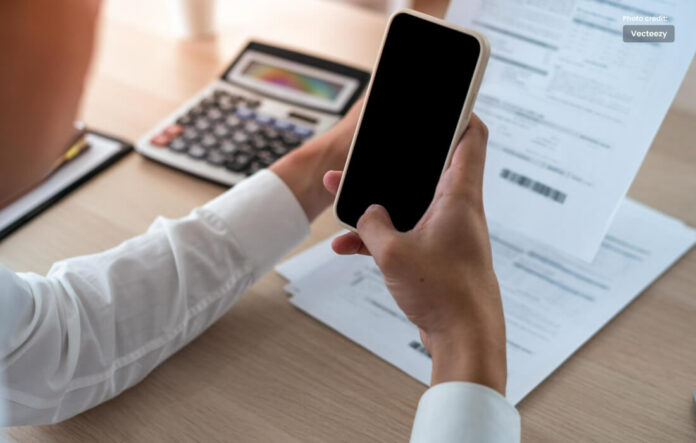Explore the convenience and security of online payments.
In an era where convenience meets technology, online payments have become the norm, transforming the way we transact and manage our finances. From purchasing goods and services to transferring funds seamlessly, the world of online payments offers unparalleled ease and efficiency. In this blog, we delve into the intricacies of online payments, guiding you through the different methods, security measures, and best practices to ensure a smooth and secure financial experience.
The Evolution of Online Payments
Gone are the days of cumbersome cash transactions. They have evolved to provide a diverse array of options, catering to various preferences and needs. From credit and debit cards to digital wallets and cryptocurrencies, the choices are extensive, each offering its own set of advantages.
Popular Methods of Online Payments
Credit and Debit Cards:
The traditional yet widely used method, credit and debit cards offer a quick and straightforward way to make online payments. Ensure the security of your transactions by regularly monitoring your statements and opting for two-factor authentication when available.
Digital Wallets:
Services like PayPal, Apple Pay, and Google Pay have gained popularity for their convenience. Linking your cards or bank accounts to these digital wallets allows for swift and secure transactions, often with added buyer protection features.
Cryptocurrencies:
The rise of cryptocurrencies like Bitcoin and Ethereum has introduced a decentralized approach to online payments. While not yet universally accepted, cryptocurrencies provide a level of privacy and security that appeals to some users.
Security Measures for Online Payments
SSL Encryption:
Always ensure that the websites you use for online transactions have SSL (Secure Sockets Layer) encryption. This technology encrypts the data exchanged between your device and the server, safeguarding it from potential threats.
Two-Factor Authentication (2FA):
Enable 2FA whenever possible. This additional layer of security requires a second form of verification, such as a code sent to your mobile device, enhancing the protection of your accounts.
Click here for International news today
Monitor Account Activity:
Regularly review your transaction history and account statements. Promptly report any unauthorized or suspicious activity to your bank or payment service provider.
Use Trusted Platforms:
Stick to well-known and reputable online payment platforms. Be cautious of unfamiliar or unsecured websites to mitigate the risk of falling victim to phishing or fraudulent schemes.
Best Practices for Secure transductions
- Password Hygiene: Employ strong, unique passwords for your online accounts, especially those linked to financial transactions. Avoid using the same password across multiple platforms.
- Keep Software Updated: Ensure that your device’s operating system and antivirus software are up to date. Regular updates often include security patches that protect against emerging threats.
- Public Wi-Fi Caution: Avoid making online payments when connected to public Wi-Fi networks. If necessary, use a virtual private network (VPN) to encrypt your connection and enhance security.
- Review Privacy Settings: Familiarize yourself with the privacy settings of the platforms you use for online payments. Adjust these settings to align with your comfort level regarding the information you share.
Embrace the Future of Transactions
Online payments have become an integral part of our digital lives, offering unparalleled convenience when managed responsibly. By understanding the various payment methods, implementing security measures, and following best practices, you can navigate the world of online transactions with confidence. Embrace the future of financial interactions at your fingertips, where seamless and secure transactions await.




